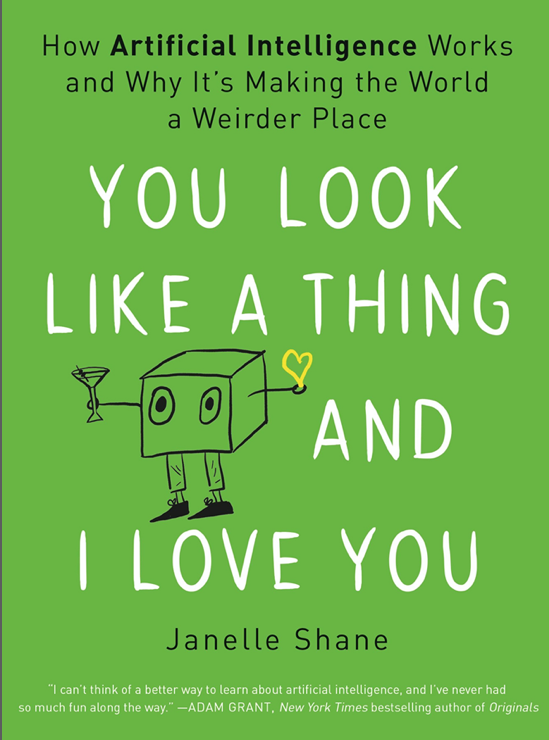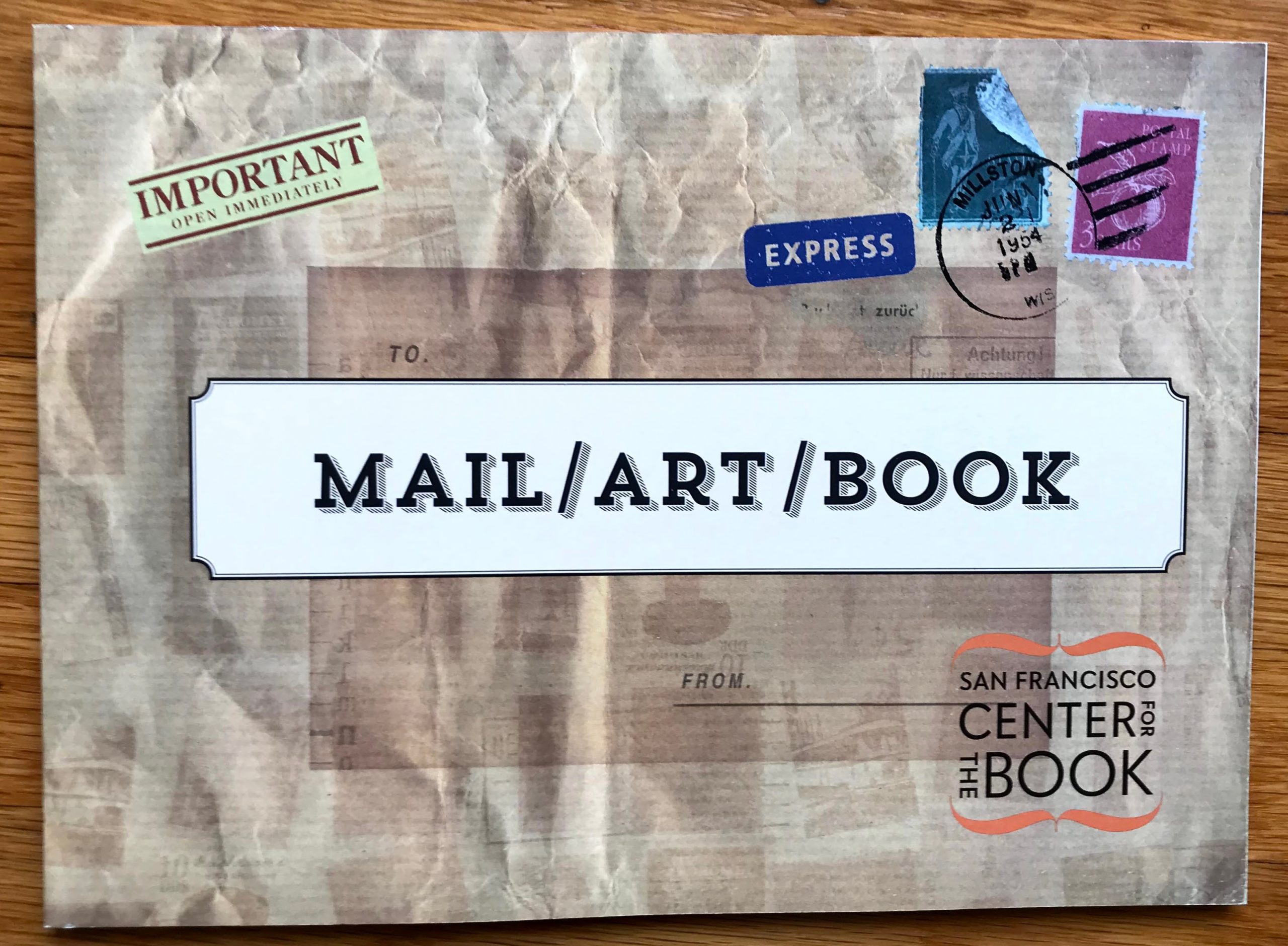My City believes in data! And it even develops graphics to display it so it can be easily interpreted and visualized.
This is a serious topic, and I appreciate how the City is making such an effort to be sure we UNDERSTAND it.

Hints on how A.E. Graves spends her imaginary spare time
My City believes in data! And it even develops graphics to display it so it can be easily interpreted and visualized.
This is a serious topic, and I appreciate how the City is making such an effort to be sure we UNDERSTAND it.
I had another one of those trips to the grocery store that made me never want to set foot in it again. There are no delivery appointments available, so it is THE option if I am trying to obtain food within a short distance of my home. It is a risk, because there have been more than 160 confirmed COVID-19 cases in my zip code, which means that neighbors have been, and perhaps continue to be, exposed. Each visit seems slightly worse than the previous one in terms of waiting to get inside (longer), existential dread (more), awkwardness in reaching for an item near other people also reaching (constant), and a lack of accommodation for a minor wrist problem (paper handle bags are a ticket to unavailable physical therapy for me; yes, repacking my groceries outside without touching any environmental surfaces or standing near anyone else in public on a busy street is icing on a sand-based cake).
The staff are hard-working and polite; the rules are well-intentioned. Yet, it still feels like the ordeal dial will turn up each time I go, and my next visit may somehow involve needing to defeat a video game villain in hand-to-hand combat for the right to purchase a pineapple that may or may not be in stock. [Imagine the little 8 bit video game victory song here, with a sad sound if there are no pineapples…]
I’m posting this perspective piece because I find it relatable:
I am doing okay, and I know how lucky I am to be able to keep myself well-supplied: I just hadn’t expected that needing fruit could ruin my day, that I would be rationing oranges in 2020 to avoid going outside, or that my blood pressure would creep upward whenever there’s only one banana left on the counter.
After reading about all of the biases that can be introduced into AI systems which can have life-and-death influences on real humans in real life, I remembered reading a GREAT interview with the founder of the Algorithmic Justice League, who is helping people understand, and hopefully avoid, the dangers of blindly trusting software that may have profound flaws.
Prevent incorrectly trained software from mathwashing bad ideas!
AJL’s website is worth a visit:

You Look Like a Thing and I Love You
by Janelle Shane, Ph.D.
published by Voracious (Little, Brown and Company)
2019
I’ve enjoyed Janelle Shane’s site, aiweirdness.com, for some time, and when she mentioned that she had published a book on the same themes, I couldn’t resist it.
What are her themes? Machine learning, mostly, and how difficult it is to train a neural network to do what you really want it to do. You THINK you are training your software to recognize cancerous lumps, and it does well with your training data, but it doesn’t work so well in real life. In retrospect, you trained it with images of cancerous lumps that have rulers next to them to show the size of the lump, while no one cares (or measures) what size benign lumps are. Your program relied on the rulers to know whether or not a lump is cancerous: ruler = yes, no ruler = no. You invented… a RULER-DETECTOR.
Why I am reading about this geeky, specialist topic? I have to deal with the limitations of “AI”s of various designs all the time. Voicemail hell? That’s a not-very-intelligent program imitating an AI, possibly with AI voice recognition. Applying for a job? Software is screening my resume. Getting a laboratory test? Software may be screening that for me, too!
If you’ve ever gotten into an argument with your phone, you know that these programs are… not perfect. Depending on whether you have a high or low voice, they may not seem to work at all. My father is still amused that one of his friends couldn’t get her voice assistant on her phone to understand ANYTHING she said, but my father (who sounds like Darth Vader) could ALWAYS be understood. Why? Because it was trained this way.
Janelle Shane finds amusing ways to talk about how neural networks and other near-AI programs work, what they are good at, why they fail at so many tasks, and how the data sets they train on can make them vulnerable to manipulation.
You will laugh, as I did, as an AI trained to generate metal band names learns to generate ice cream flavors! You’ll laugh often, really: Ms. Shane has some good stories, and good quotes from people who fought to teach their AI something specific, and their AI interpreted them literally and won. The challenges she sets up for the simple neural nets she build are VERY FUNNY.
It isn’t just jokes and witty examples: you won’t laugh at the idea of a navigation-bot telling you to drive TOWARD a fire (because there is less traffic in that direction!), nor at racial and gender biases that oblivious employees train software with, nor at the fact that image recognition programs that train on the same free (manipulatable) data sets can be mis-trained to see things that aren’t visible / obvious / correct to humans.
Maybe there’s a rare but catastrophic bug that develops, like the one that affected Siri for a brief period of time, causing her to respond to users saying “Call me an ambulance” with “Okay, I’ll call you ‘an ambulance’ from now on.”
Excerpt From: Janelle Shane. “You Look Like a Thing and I Love You.” Apple Books. https://books.apple.com/us/book/you-look-like-a-thing-and-i-love-you/id1455076486
It is good (and refreshing) to truly think about the serious implications of our rush to be dependent upon machines, and the hazy way we think that machines are neutral decision makers, when nearly every application we have developed for them is not neutral in inputs, programming, or impact.
There is a lovely photo of Harpa in the book I’m reading, and that made me go looking for additional photos of it… even though I am privileged enough to have seen it in person, I know that people who were wearing better coats than I was during my brief visit likely took better photos of it with real cameras. 🙂
The photo on their website is stunning (and is not the same as in the preview below, at least at the moment), and so I’m sharing that link so you can see it yourself.
While I’m enjoying the catalog-textbook-deep-dive, I realized that the web page for the exhibit that it is based on is excellent. It is worth sharing, so I will.
It is a foggy day, and I am filled with French press coffee, vegan sandwiches, birdsong (without automobile traffic, you can hear the birds!), and things I want to research that I’m either reading about, or that came up while reading about something else.
Reading is a rabbit hole with many tunnels.
I’m writing out reviews about books I enjoy(ed) here, because writing about them is part of my ‘processing.’ Conveying feelings and thoughts in language requires a lot of translation, and that translation teaches me things. If I really enjoy something, I should be able to describe it concisely and well in words, and choosing the right words thoughtfully can take some time. (For example, it wouldn’t be enough to say that the protagonists of William Gibson’s recent fiction are “cool,” because that doesn’t convey what I mean: I mean that they are capable, curious, observant, cool-headed, and have some special niche expertise that they enjoy. I admire people like that, and want to be like that. “Cool” wouldn’t cover it. )
While I am writing reviews of recently read books in a linear fashion, I’m also various stages of reading other books. In my youth, I would force myself to finish each book (whether or not I was enjoying it) before I could go onto the next; but now I drop any I’m not in the mood for (I have so little time – why spend it on a book that isn’t working for me?), and to jump in and out of longer books, based on where they are taking me. Truly stimulating books send me on research projects or reveries that take me a while to return from!
I am in various stages of reading:
My reading of the Eliasson book today has made me pause to:
It is FUN to let my mind wander so freely, and to have such stimulating material to read.
Working long hours prevents me from spending more time thinking like this – while I am working, I am VERY dedicated to solving work problems, and sometimes dream about possible solutions, or wake up dwelling on work issues to solve – but a weekend like this is like a brain vacation / day spa / slice of free-thinking heaven.
Humor is what I’m using to get through this situation, because I’d prefer to laugh than to dwell on the lack of understanding across segments of my country of basic survival concepts.
Opinion | America, please don’t put bleach inside yourself like the president says
This should go without saying, but: Please, America, don’t inject or put disinfectant inside yourself like the president talked about. It is not good for you. Actually, it is bad. “Sunlight is the best disinfectant” is just a metaphorical saying. Also, do not put a “light” “inside” yourself until we can figure out what the president is trying to say.
I think my favorite of many good quotes is:
I know it seems counterintuitive, but given the choice to listen to a plastic bottle or the president of the United States, I beg you: Listen to the plastic bottle.
Alexandra Petri’s writing for WaPo is topical and very, very funny. (She does Twitter well, too!)
During this ultra-serious time, this news item made me laugh out loud, so I want to share it.
We regret to inform you that your inflatable T. rex costume is not virus-proof
Earlier this month, Felix Brodie parked his car in front of the Vons supermarket in Rancho Cucamonga, Calif., and suited up: full-length black cloak, balaclava, black leather gloves, and the final touch – a reproduction of a 17th-century beaked plague doctor’s mask (complete with top hat) that he bought on Etsy.

Mail / Art / Book
curated by Jennie Hinchcliff and John Held, Jr.
published by San Francisco Center for the Book
2014
This is another stellar catalog from the SFCB’s shows, and from longstanding teacher and author Jennie Hinchcliff (co-author of the fun book, Good Mail Day).
Mail art – art that is specifically intended to be sent through the mail, and enjoyed by other mail artists – is small and can be difficult to display, but this book does a solid job of arranging and photographing this exhibit in a way that preserves the many 3-D items, as well as the relationships between envelope and contents (when there is a distinction).
The submissions were fun and varied widely, and it was great to see all the complex, thoughtful, colorful, creating works that made it through the mail!